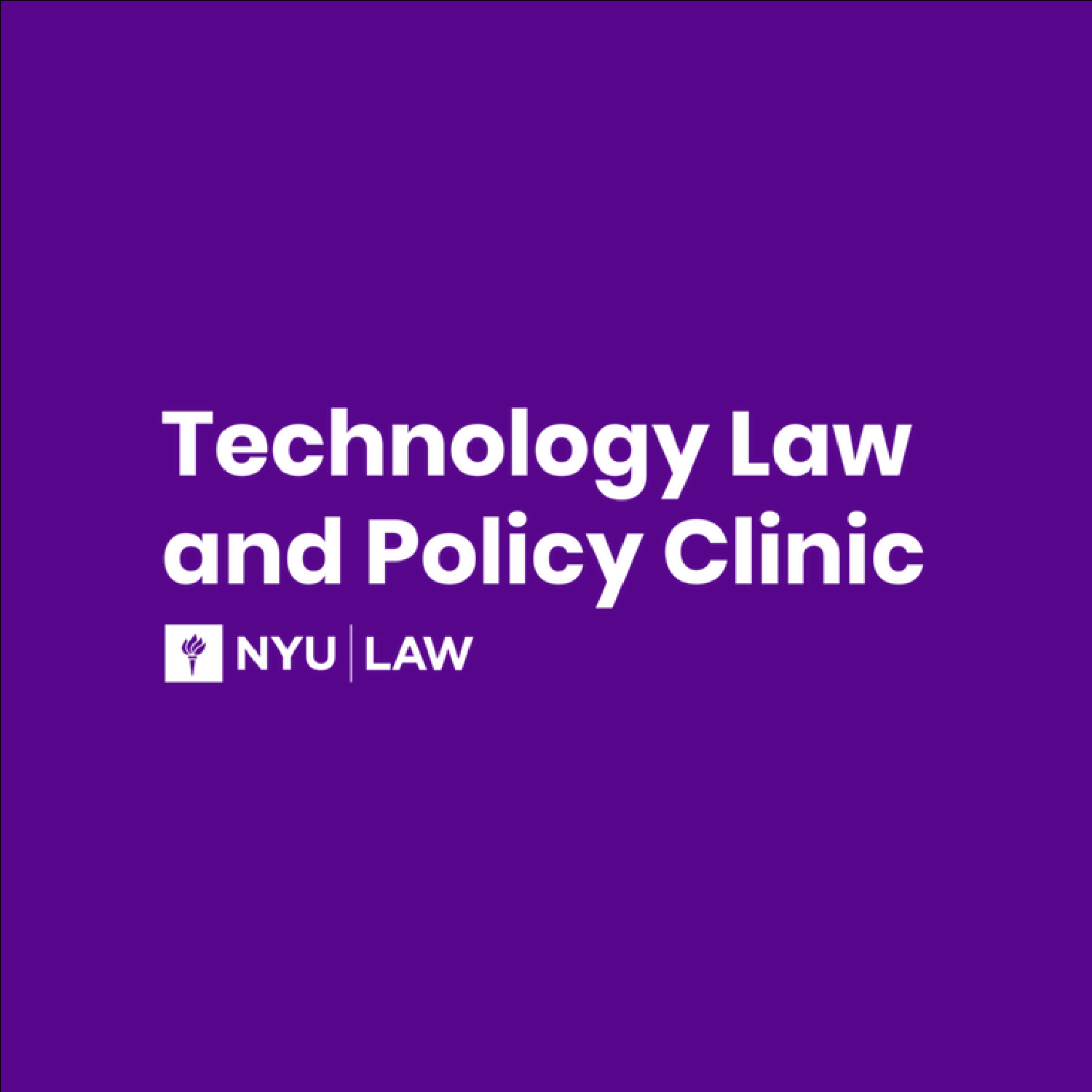Are Annoying Emails Worth Defending? These NYU Law Students Think So.

By Kiana Boroumand (‘24) and Annie Goodman (‘23)
Driven by the proliferation of online communication channels, cyberbullying and electronic harassment are on the rise. In response, many states and the federal government have enacted criminal electronic harassment statutes. Though the precise contours of these statutes vary, they generally criminalize sending electronic communications with the intent to harass another.
While these statutes may aim to address important societal problems, they also raise freedom of speech concerns, as they risk punishing or chilling First Amendment-protected expression. One such statute, Texas Penal Code § 42.07(a)(7), makes it a crime to repeatedly send electronic communications with the intent and “in a manner reasonably likely to harass, annoy, alarm, abuse, torment, embarrass, or offend another.” Two individuals prosecuted under the statute have petitioned the U.S. Supreme Court for review after Texas’s highest criminal court upheld the statute on a First Amendment challenge. Kiana Boroumand (’24) and Annie Goodman (’23), two students in NYU’s Technology Law and Policy Clinic, assisted in drafting an amicus brief in support of the petitioners, urging the Court to take up the case and reverse.
Representing the Woodhull Freedom Foundation—an organization that advocates for the recognition of sexual freedom, gender equality, and free expression—and the Technology Law and Policy Clinic, the brief emphasizes that annoyance, alarm, and embarrassment are useful, First Amendment-protected communication strategies employed by advocates. For example, an environmental justice group might share intentionally alarming content on its social media channels to grab the attention of lawmakers and the public. A consumer might repeatedly Tweet at a business to annoy them into issuing a refund for a faulty product. Whether used in broader societal movements or everyday self-advocacy, the statute’s proscribed intents can serve socially valuable aims.
Goodman explains that one goal of the brief is “to highlight the ways in which an overbroad statute can be abused to silence people without power.” Because the statute is so broad, it allows prosecutors to decide whose annoying speech to go after. Community activists in Texas, for example, may no longer feel comfortable pursuing their usual communication strategies if the ideas they want to promote are unpopular. The risk of chilling speech is especially heightened in the context of electronic communications, which often lack common indicators of intent, like a speaker’s body language and tone, and are therefore more susceptible to misinterpretation. Fearing that their words will be misconstrued, speakers may refrain from sending electronic communications in the first place.
Boroumand and Goodman’s efforts sought to draw the Court’s attention to these risks. Their Clinic fieldwork involved everything from identifying a novel argument to mastering First Amendment overbreadth doctrine to researching the process to assist the Clinic’s attorneys in filing with the U.S. Supreme Court. As Boroumand notes, “The latitude that Annie and I had in helping craft the brief was so rewarding–easily one of our most formative experiences at NYU.”
